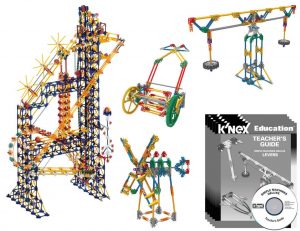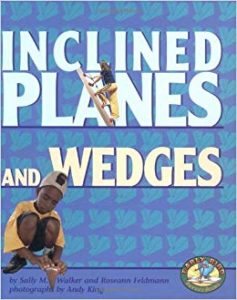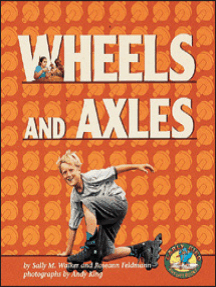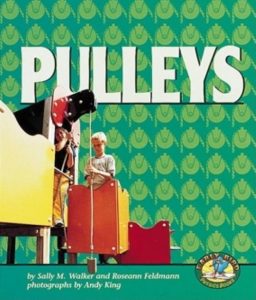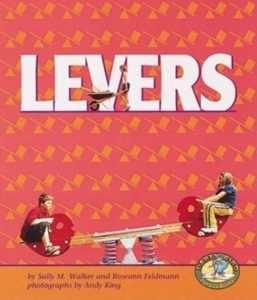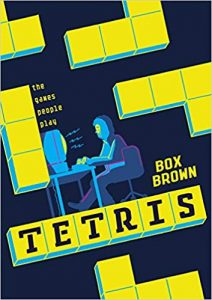 Tetris: The Games People Play
Tetris: The Games People Play
A very interesting read: this book dives into the complicated history of one of the most recognizable and beloved video games. It is a graphic novel that is all about the history of Tetris and traces how Alexey Pajitnov created it during his spare time while developing software for the Soviet government. Furthermore, it is not simply a linear history of how the game was created; rather, it uses Tetris as an opening to explore the role of video games in our culture and society, as well as looking at the science and psychology behind our enjoyment of them. Perfect for young adults and older who are into pop-culture history, science and psychology or just looking for a fun read!
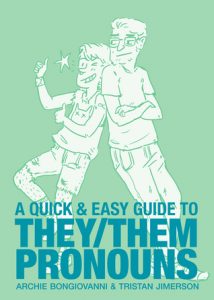
A quick & easy guide to they/them pronouns
This book is a graphic novel that is an accessible and easy resource for both people who use they/them pronouns as well as those who want to learn more about they/them pronouns. The book is written by two best friends: Archie a “snarky genderqueer artist” and Tristan, a “cisgender dude” who discuss in this comic why pronouns matter, what they are and how to use them respectfully. A helpful book for those who have questions about using they/them pronouns.
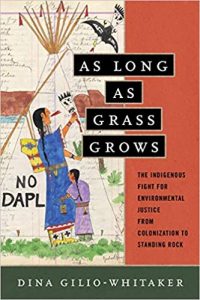
As long as grass grows: the indigenous fight for environmental justice, from colonization to Standing Rock
In this book, Dina Gilio-Whitaker—an Indigenous researcher and activist explores the fraught history of Indigenous environmental justice by looking at the histories of treaty violations, food and water insecurity, violation of sacred sites and much more. She also highlights Indigenous women and their ongoing involvement and leadership in the Indigenous resistance throughout the centuries. The overarching argument from Dina Gilio-Whitaker is that modern environmental movements need to acknowledge and learn from the history of Indigenous environmental defence and resistance.
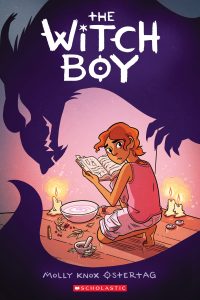
The Witch Boy
Written by Molly Ostertag, the plot of this YA graphic novel is centred around Aster who is unable to shape-shift like the rest of the boys in his family. However, he is also not allowed to practice the magic that he’s actually interested in because it is only for girls. This book is an excellent resource to use to talk more about gender roles and expectations and is beautifully illustrated. It is a good read for children around 8-12 years old.

United University Professions: Pioneering in Higher Education Unionism is a book that traces the history of United University Professions (UUP) which is the largest higher education union in the United States. Growing from humble beginnings, this book details how the UUP grew from its early accomplishments to become a leader in the struggle to preserve academic freedom and tenure. The book is divided in chronological order detailing how The State University of New York was prior to unionization, the decades that followed as the UPP matured, while also keeping an eye on future challenges.
You can find all of these titles in the New Books shelf that is across from the Reference Desk on the main floor!

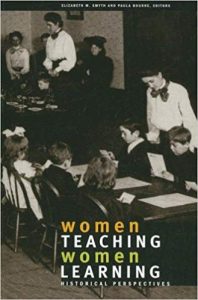
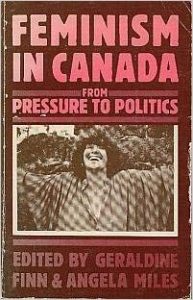
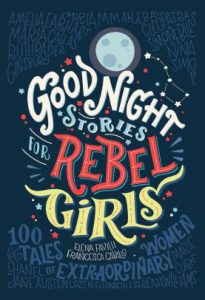
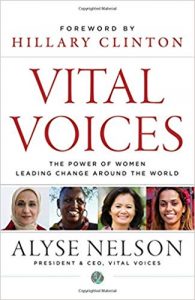
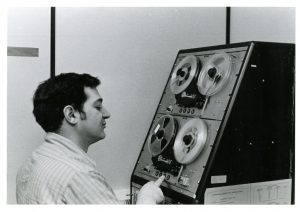
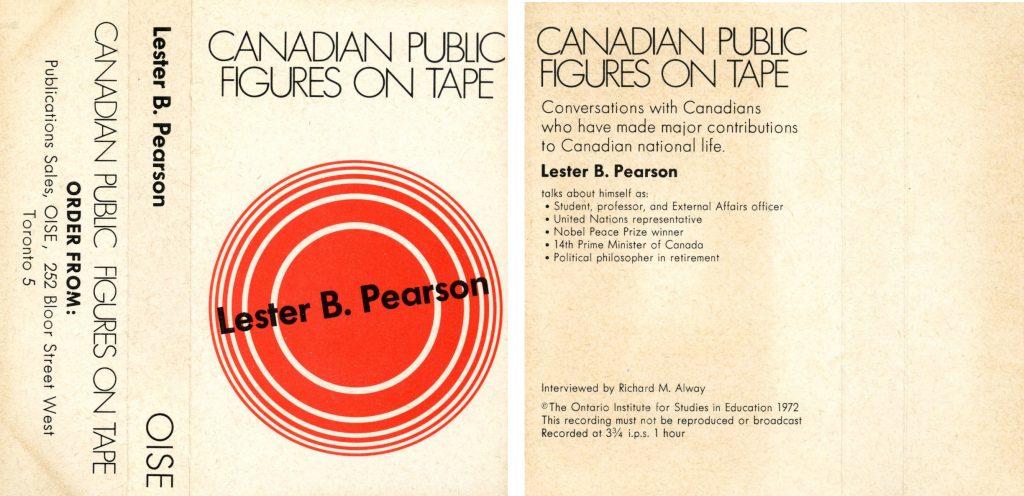
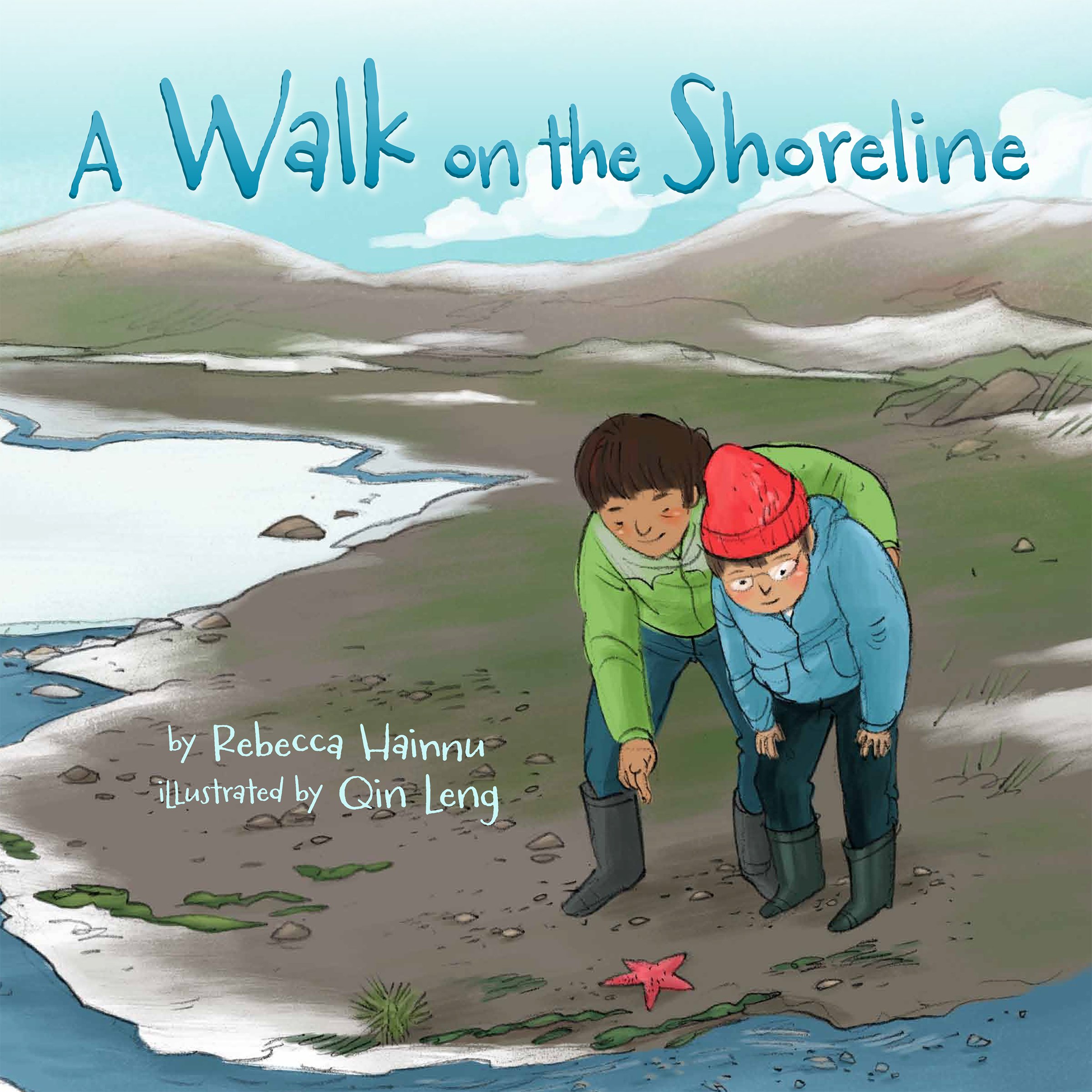

 The North American Water Office heralds readers to follow their call to action, centring around Indigenous science solutions and strategies. This instruction manual incorporates spiritual, emotional, mental and physical aspects of human life to draw attention to the current water crisis, and the generations long effects of industrialization on indigenous health and lands. Along with original photography and art this book introduces readers to the traditional Anishinaabe sacred story of creation, and how the creator bestowed foundational values to respect all living things. Through creation, we are all relatives with the same Mother. This book is written in English and Anishinaabemowin, with contributions from spiritual leaders and Spiritual leaders of the Three Fires Midewiwin Medicine Society.
The North American Water Office heralds readers to follow their call to action, centring around Indigenous science solutions and strategies. This instruction manual incorporates spiritual, emotional, mental and physical aspects of human life to draw attention to the current water crisis, and the generations long effects of industrialization on indigenous health and lands. Along with original photography and art this book introduces readers to the traditional Anishinaabe sacred story of creation, and how the creator bestowed foundational values to respect all living things. Through creation, we are all relatives with the same Mother. This book is written in English and Anishinaabemowin, with contributions from spiritual leaders and Spiritual leaders of the Three Fires Midewiwin Medicine Society.  relationships Indigenous peoples have with those around them. Through her work Gilio-Whitaker points to a need for an educational foundation to build productive relationships. The goal of this book is to provide an overview of environmental justice work done by Indigenous peoples, and what exactly the term environmental justice means to them and how it affects their lives. For change to happen alliances need to be built, government officials and settlers need to educate themselves and learn how environmental justice can be responsive to the needs of Indigenous peoples in their communities.
relationships Indigenous peoples have with those around them. Through her work Gilio-Whitaker points to a need for an educational foundation to build productive relationships. The goal of this book is to provide an overview of environmental justice work done by Indigenous peoples, and what exactly the term environmental justice means to them and how it affects their lives. For change to happen alliances need to be built, government officials and settlers need to educate themselves and learn how environmental justice can be responsive to the needs of Indigenous peoples in their communities.